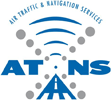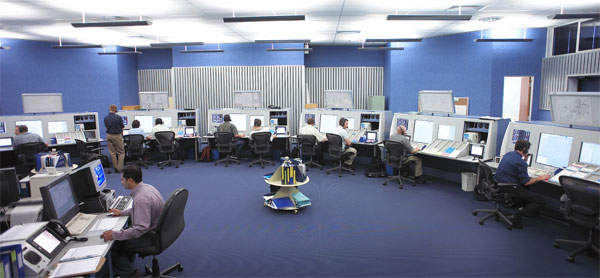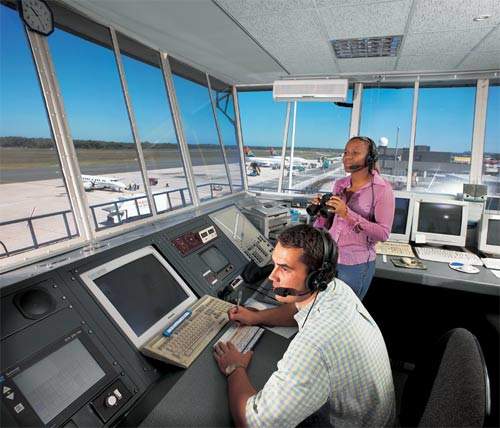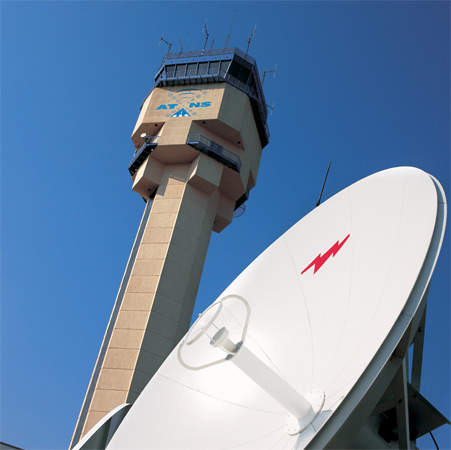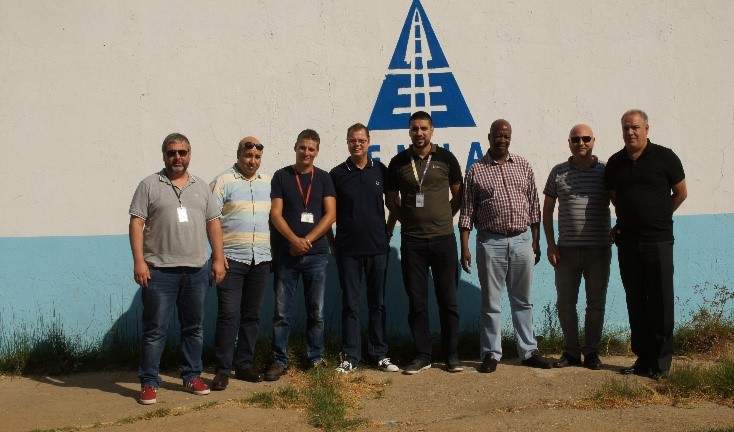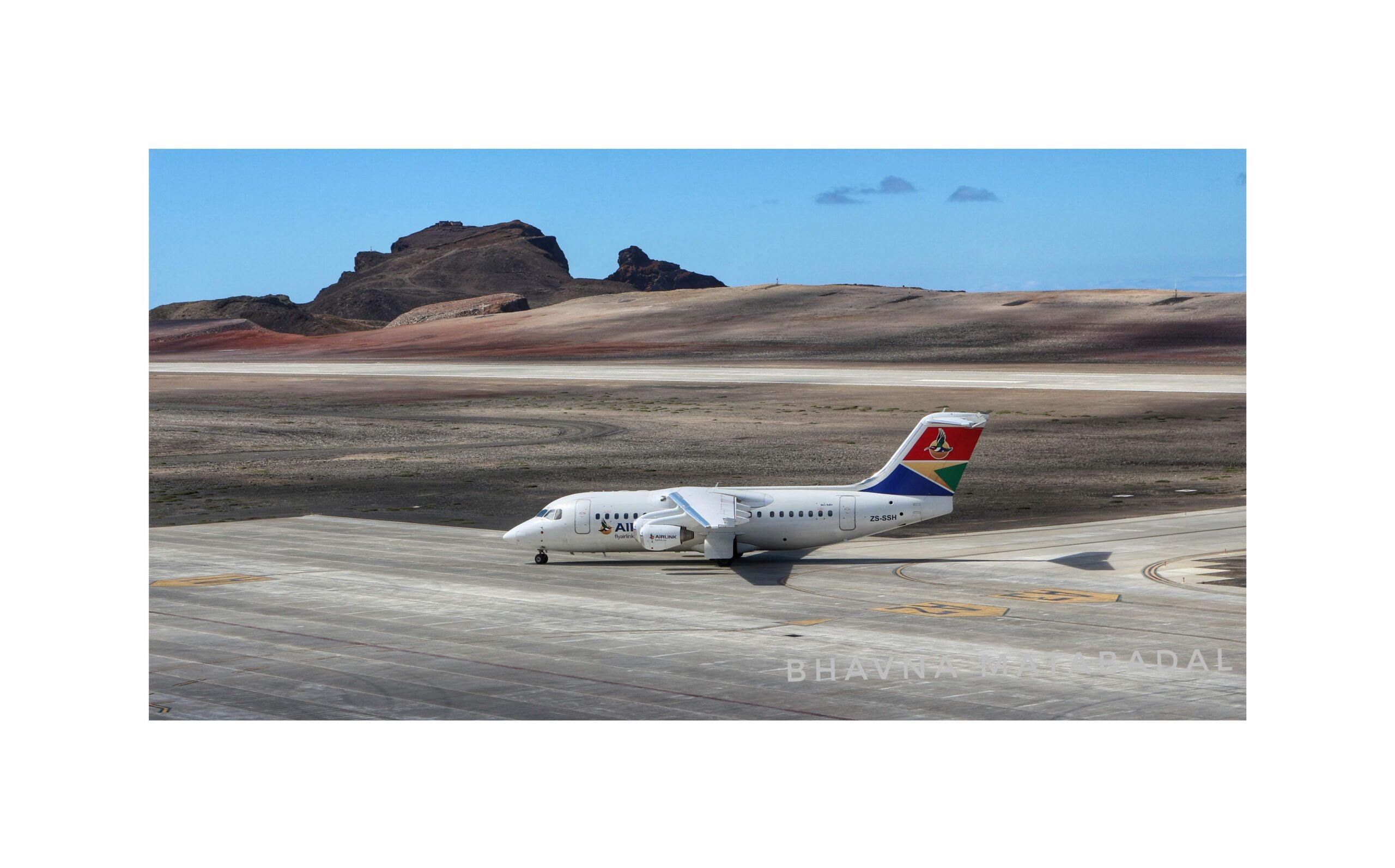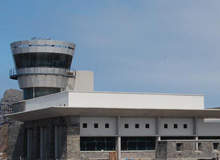Air Traffic and Navigation Services (ATNS) is the sole provider of air traffic management, navigation, training and associated services within South Africa. Responsible for approximately 10% of the world’s airspace, ATNS currently manages more than half a million arrival and departure movements every year while maintaining ISO 9001:2000 accreditation.
The ATNS Training Academy (ATA) trains international aviation professionals and maintains and subscribes to ICAO standards and recommended practices.
VSAT satellite communications in Africa
ATNS, in partnership with Africa’s developing countries, endeavours to enhance safety and contribute to developing global aviation intelligence by keeping seamless aeronautical communication from Cape to Cairo.
Today, ATNS is making this a reality through our very small aperture terminal (VSAT) network link. The North Eastern African region’s VSAT network, which is similar to the Southern African Development Communities’ (SADC) VSAT network, was operational from 1 April 2007.
The network, dubbed NAFISAT, provides a VSAT satellite communications network for the North-East African region. The terrestrial-based stations make voice and data satellite communications between air traffic control centres in the region possible.
Regional air traffic communications network
The SADC VSAT network has been operational since 1998 and has eliminated all communication deficiencies in the SADC region. This network is fulfilling the region’s communication requirements in terms of the ICAO Africa / Indian Ocean (AFI) plan.
It has succeeded in integrating a regional communications network, contributing to increased communication allowing for greater safety on air traffic movements and is financially sustainable. Both SADC VSAT and NAFISAT systems will be interoperable, making the Cape to Cairo connection a reality.
Global air traffic management
Our CEO, Patrick Dlamini, was previously the executive vice-president and general manager at SAA Cargo, a business unit of South African Airways. Prior to SAA, he most recently held positions of chief operations manager and then business unit executive at Transnet Port Terminals. Patrick holds an MBA from the University of Wales and a BA in commerce from the University of Durban Westville.
Dealing with increases in air traffic
Working together with our partners ensures strengthened performance, accelerated change and the ability to be the best in air traffic management. Working in partnership with fellow stakeholders, such as ACSA, CAA and the Department of Transport (DoT), ATNS will ensure that the 2010 Football World Cup is a success.
ATNS’ continued application of the highest safety standards and procedures as they are currently implemented will be assured. We expect an additional 300,000 international passengers over a five-week period, which is extremely exciting.
Increasing airspace capacity
As far as changing procedures or operating practice within our airspace, ATNS will continue to do business as usual. One of the ways we have of dealing with the increase in aircraft within our skies is to investigate the possibility of reducing aircraft separation on final approach as well as within specific pieces of airspace. This will allow increased airspace capacity without any degradation of safety.
Increased runway throughput capacity at the three major airports is also planned. At OR Tambo International, we intend to increase from 52 aircraft arrival and departure movements to 72 per hour, from 30 to 44 at Cape Town International and from 24 to 36 movements at Durban International.
Effective management of air traffic
Standing strong with over 750 dedicated, passionate people, ATNS strives to continuously provide for the safe, orderly, expeditious and efficient management of air traffic.
As a globally competitive employer of choice, ATNS is committed to diversity, having already achieved ranking within the top ten companies in South Africa with regards to female representation at executive management and board level.

